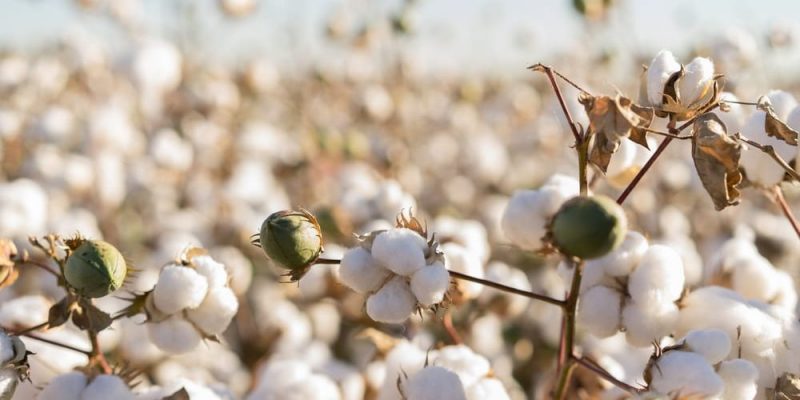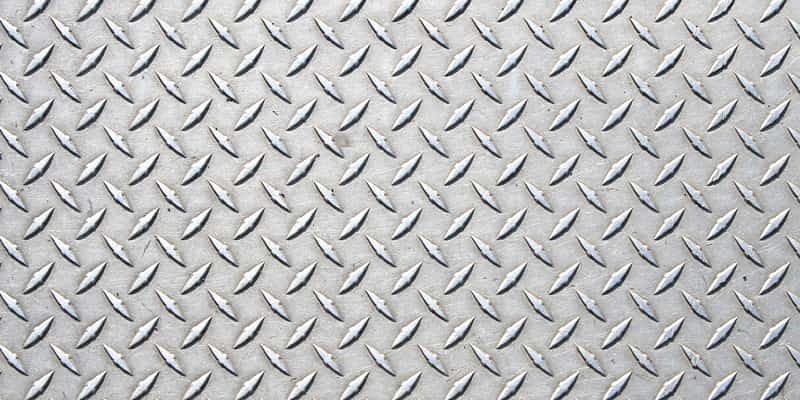We explain what materials are and how these substances are classified. Also, what are its characteristics and some examples.
What are the materials?
Materials are known as the different elements and substances, simple or compound , necessary to make an object. These materials can be of diverse nature, so their inherent properties and characteristics can differ enormously, both in their physics, chemistry, electrical conduction or structure.The study of the nature of materials is of great interest to engineering, metallurgy, physics and chemistry , as well as their neighboring fields, such as architecture and construction. Among the outstanding properties of the materials are: hardness, brittleness, flexibility, impermeability, transparency, and thermal and heat conduction.
According to these and other properties, the selection of the materials to be used in the different industrial production and construction tasks is made, or in the experimental manufacture of new forms of materials.
Materials are the elements that can be transformed and grouped together in a more or less heterogeneous set.
For this reason, the term basically applies to any set : school supplies (rulers, notebook, pencils, etc.), laboratory supplies (pipettes, gloves, etc.) or construction materials (cement, beams, etc.).
However, there is "Materials Science" and "Materials Engineering" , disciplines whose objects of study are, basically, all industrially usable substances.
It can serve you: States of matter
According to its origin
 A first classification of the various existing materials is set at their origin:
A first classification of the various existing materials is set at their origin:
- Natural materials . Coming from animal, plant or mineral nature
- Artificial or synthetic materials . Coming from laboratories and that do not exist spontaneously.
For example, wood , copper , wool, and cotton are natural elements. Instead, plastic , paper , glass, and porcelain are man-made or synthetic.
All artificial materials come from the controlled transformation of one or more natural materials: plastic comes from oil , paper from cellulose from wood, glass from sand, etc.
According to its hardness

Hardness is a property that has to do with the resistance of matter to deformation or breakage when subjected to a continuous force.
In this sense, we can speak of softer materials (they yield to the forces that deform them) and harder (they resist them).
For example, the steel , diamond and cement are hard materials; plastic, wood, and rubber are soft materials.
According to its flexibility

Flexibility is the ability of materials to alter their shape without breaking , once subjected to a continuous and stable force . According to its flexibility we can speak of three types of materials: flexible, rigid and elastic.
- Flexible materials . They are easily deformable by applying a force. For example: plasticine or flexible dough used in crafts.
- Rigid or brittle materials . They have minimal bending capacity, they break rather than deform. For example: ceramics .
- Elastic materials . They are capable of recovering their initial shape (shape memory) after being deformed due to the application of a force. For example: rubber.
According to your tenacity

Materials have different degrees of brittleness, that is, the ability of their particles to more or less resist the force that tries to separate them.
There are tough materials, difficult to break, and brittle materials, easy to break. Diamond, steel, concrete are tough ; whereas porcelain, glass and certain woods are brittle.
According to its malleability

Malleability is the ability of certain hard materials to be deformed and molded without breaking , applying compression through force.
This allows the separation of its particles into more or less thin sheets . This property applies above all to metals, such as gold , aluminum , platinum, copper or iron .
According to its ductility

Ductility is similar to malleability, since ductile materials deform under the application of force without breaking , but instead of producing sheets, yarns or wires are obtained from them.
Non-ductile materials, on the other hand, are considered brittle, since they break. Examples of ductile materials are: platinum, copper, zinc , lead, and plastic .
According to its transparency

Transparent materials are those that allow light to pass through their bodies , making it possible to see what is behind them.
This property allows us to discern between materials:
- Transparent . They let the light pass . For example: polished glass or cellophane.
- Opaque . They do not let the light pass. For example: wood, cardboard or plastic.
- Translucent . They allow light to pass through but distort or attenuate it. For example: cloth, some thick glass and prisms.
According to its conductivity

Conductivity is the ability to allow the transit of energy through their bodies , either heat energy (thermal conductivity) or electrical energy (electrical conductivity) or both. Materials that are not conductive, on the other hand, are called insulators.
- Thermal conductivity . This physical property of materials consists of the ability to transfer kinetic energy between the particles of one substance and those of another that is adjacent. For example, metal is a good thermal conductor: just heat one end of a metal rod to feel it at the other; while plastic is a poor thermal conductor and serves as an insulator.
- Electrical conductivity . Electric conduction depends on the atomic and molecular structure of materials, especially on the mobility of their electrons. It is the ability of a material to allow electric current to pass through it. There are good electrical conductors, such as metals or graphene; semiconductors such as silicon or carbon ; and insulators such as glass, mica or quartz.
New Materials

It is known as "new materials" to the forms of matter produced by humanity in laboratories , applying contemporary technology and scientific knowledge, in the production of substances that do not exist in nature and endowed with surprising physical-chemical properties.
Examples of this are airbrush, the lightest substance available ; upsalita, the most powerful desiccant ever invented; or graphene, a light, thin and resistant conductor, made from carbon. These are some of the most revolutionary materials ever invented by man.
The above content published at Collaborative Research Group is for informational and educational purposes only and has been developed by referring reliable sources and recommendations from technology experts. We do not have any contact with official entities nor do we intend to replace the information that they emit.
Katheryn is a corporate attorney and finance specialist, conducting research daily to get you closer to financial security and freedom (even if you're just getting started). Her +600 articles published in Collaborative Research Group have already helped thousands of readers on the internet. .
Leave a reply
Your email address will not be published. Required fields are marked *Recent post

Sport: What Is It, Types, Risks, Features, Characteristics and Examples

Dogs: Emergence, Features, Characteristics, Feeding and Breeds

Story: Definition, Elements, Structure, Features and Characteristics

